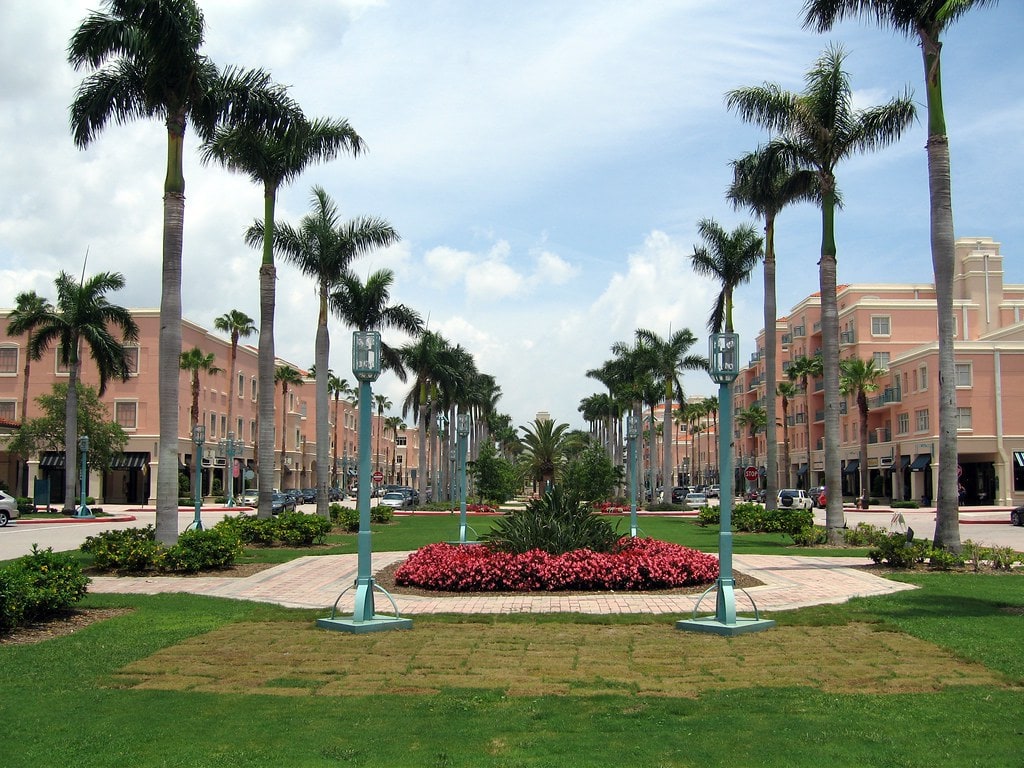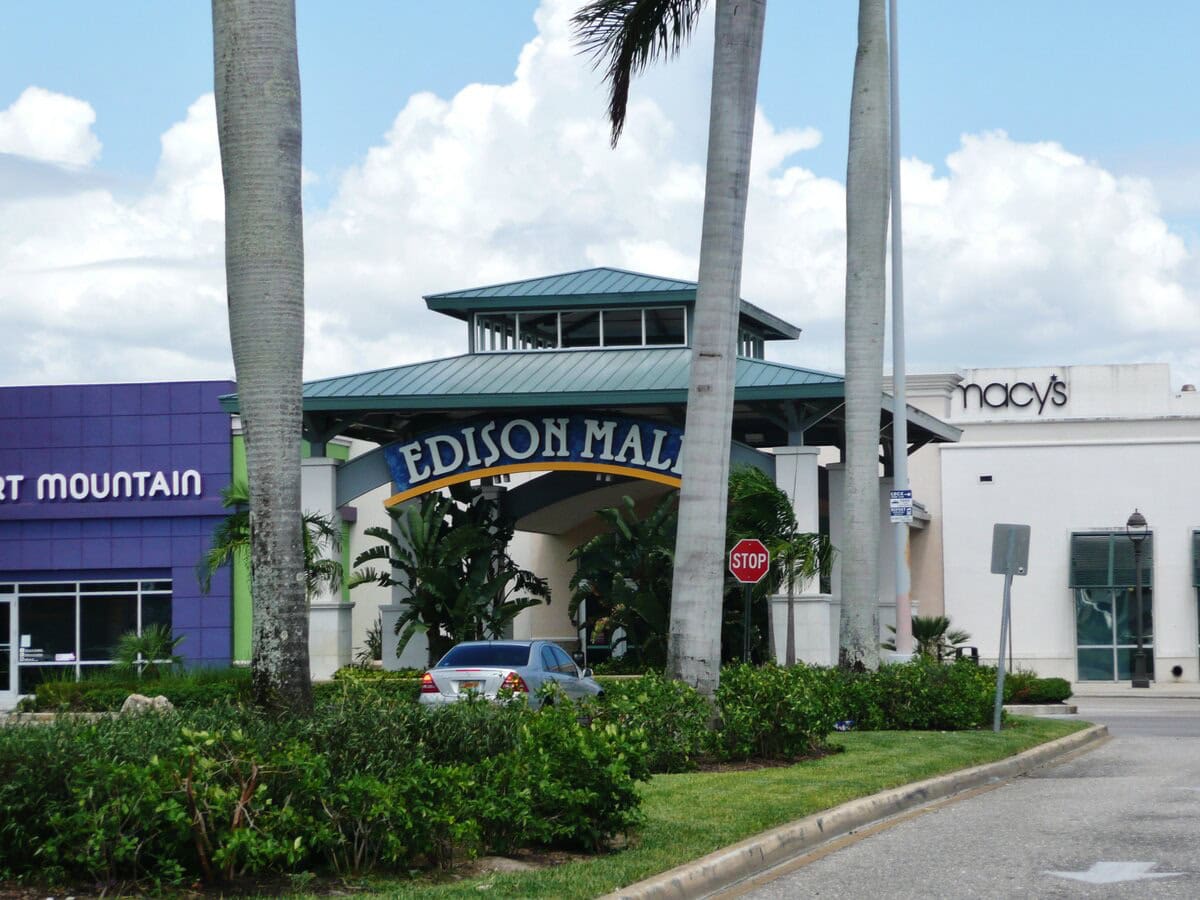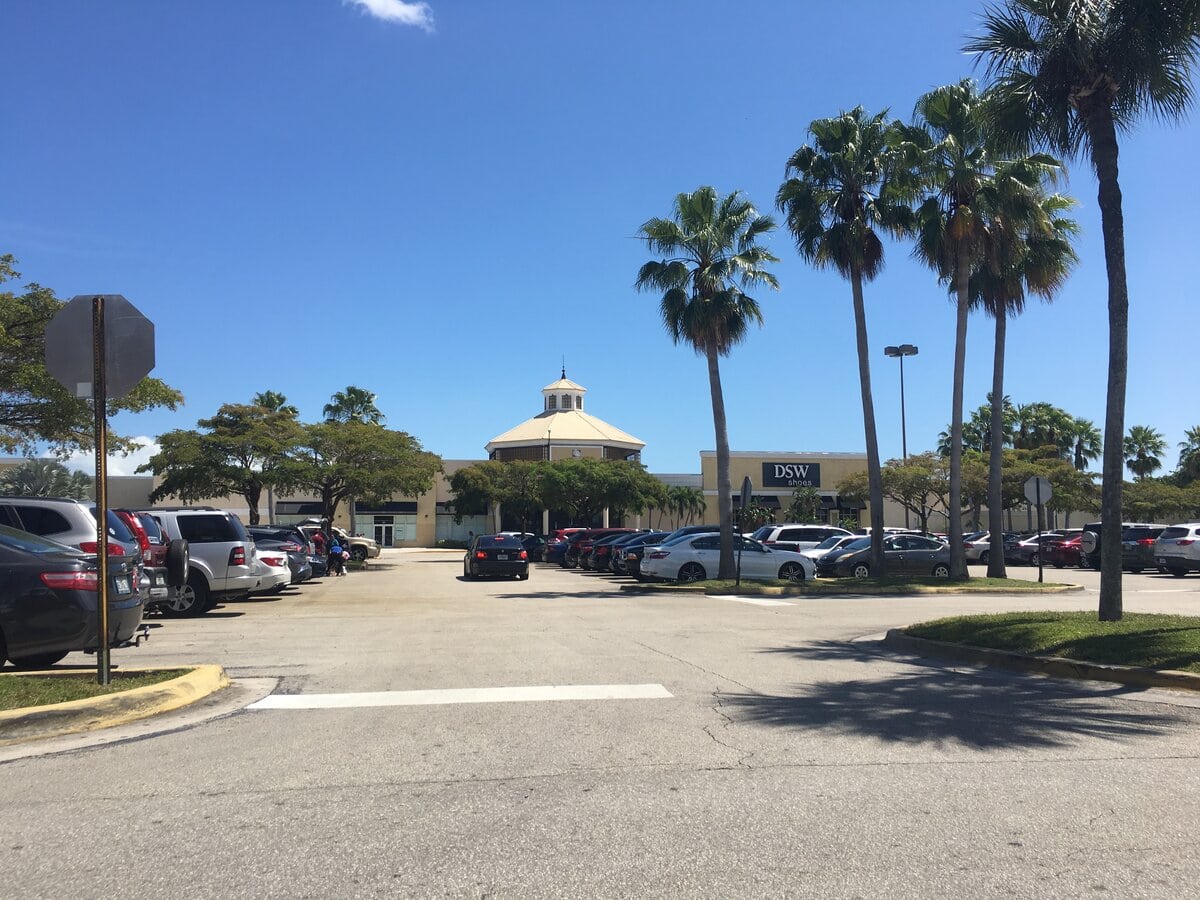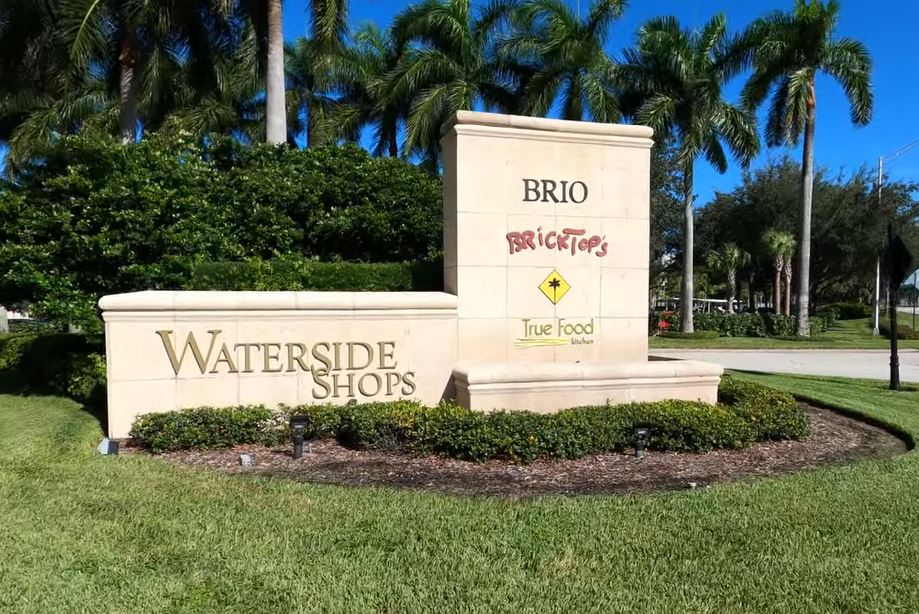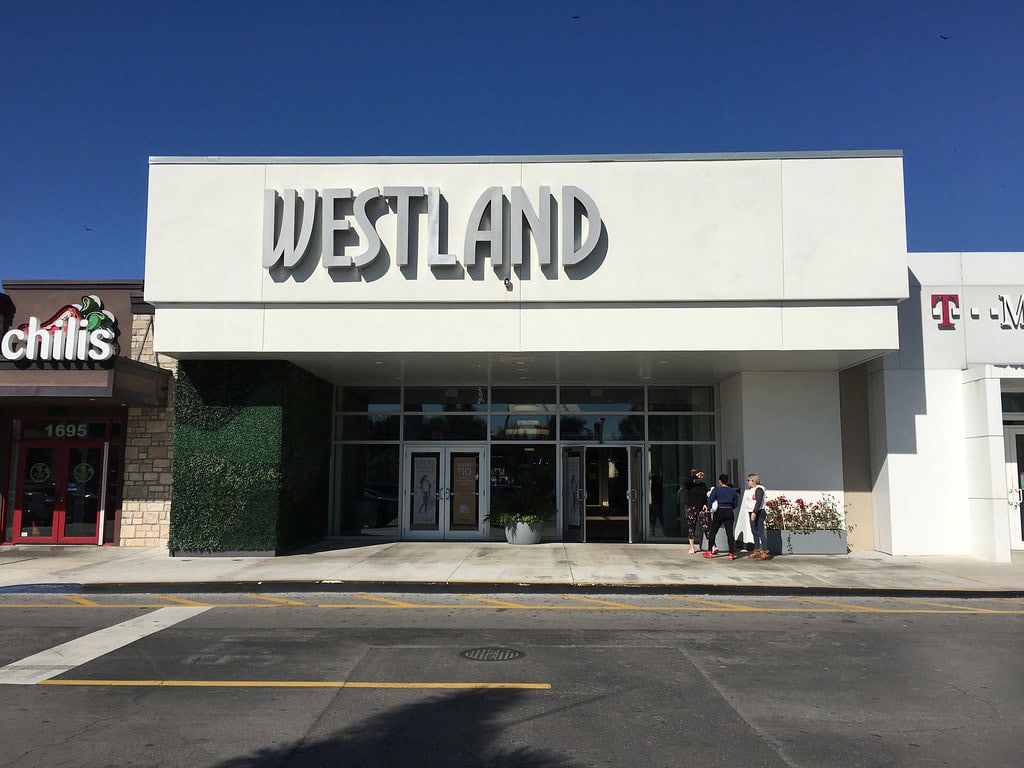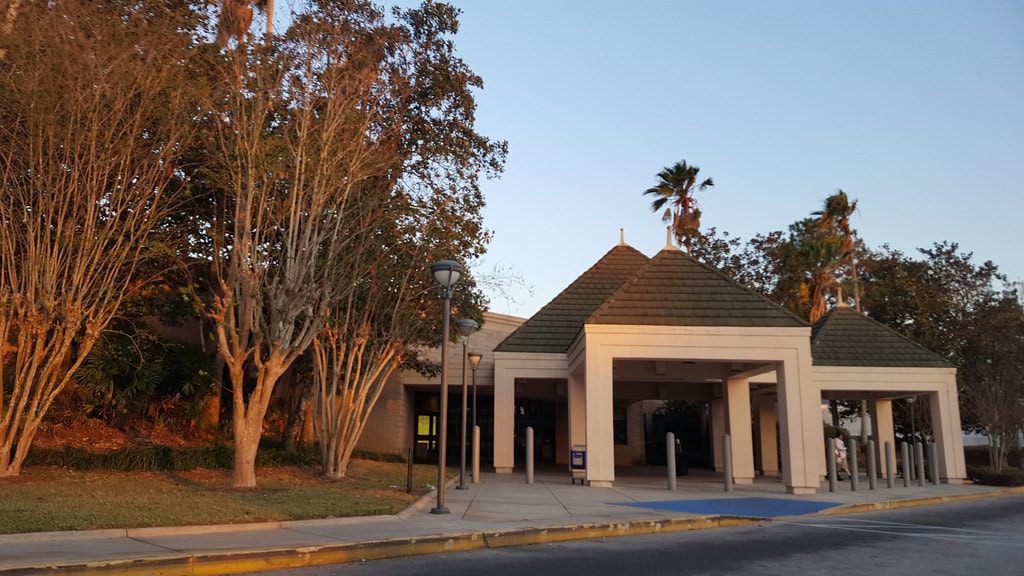Pembroke Lakes Mall and the dairy fields
Before Pembroke Lakes Mall learned to sell handbags and cell phones, the land at Pines Boulevard and Flamingo Road produced something humbler: milk.
For decades after World War II, this corner of what would become Pembroke Pines was part of the Waldrep Dairy Farm, a wide, flat piece of agricultural Broward where cows grazed under the same sun that now glints off auto glass in the parking lot.
As the city crept west in the 1960s, 70s, and 80s, the dairy fields turned into an obvious land bank, waiting for a more lucrative destiny.
By the late eighties, that destiny arrived wearing a Sears badge.
Homart Development Company, Sears' mall-building arm, was sketching its third and final enclosed center, a single-level regional mall meant to be the last major shopping hub in Broward County.
The site, tucked between Interstate 75 and Florida's Turnpike, sat neatly between Miami and Fort Lauderdale, angled to intercept commuters and the expanding belt of suburban families.
Dairy economics could not compete with that kind of geometry.
Suburban tides and the Homart masterplan
The timing turned out to be cruel for older malls and perfect for this one.
In 1992, as Homart pushed toward opening, western Broward was swelling with young families, many of them recently uprooted from Miami-Dade after Hurricane Andrew.
Pembroke Pines and neighboring Miramar were filling in with subdivisions and cul-de-sacs; what they lacked was a shiny, air-conditioned ritual space where those new residents could buy school clothes and pretend the storm had happened to someone else.
Pembroke Lakes Mall arrived with almost theatrical precision.
Burdines opened on September 19, 1992, Mervyn's followed on the 21st, Sears on the 30th, and JCPenney, making the move from Hollywood Fashion Center, cut the ribbon on October 28, the official opening day of the mall.
Sears had already abandoned Hollywood Mall for the new complex, and Burdines likewise shifted west from Hollywood Fashion Center, leaving the older centers feeling the floor drop under them as anchors defected.
On paper, the complex offered about 1.13 million square feet of mostly single-level retail. In practice, it offered something harder to quantify: the sense that West Broward had finally arrived.

Opening days of anchors, glass, and hope
Those early years had the kind of glossy optimism that only a new mall in the 1990s could sustain.
Inside, wide corridors ran under a distinctive glass roof that poured South Florida light onto polished tile without quite letting in the heat.
Fountains provided the background noise, a kind of suburban white noise that mixed with food court fryers and the echo of kids breaking in new sneakers from Foot Locker.
Near the Burdines, shell-shaped floor inlays nodded vaguely toward the coast, a small flourish of Miami kitsch in landlocked Pines.
Roughly 150 stores and services filled the original lineup, clustered around the four department stores that gave the place its spine.
Teenagers remember lining up for R&B singer Montell Jordan when he came through in the mid-nineties; parents remember pushing strollers in looping circuits, more for the climate control than the merchandise.
A year in, the mall was being publicly described as a shopping success. No one mentioned the dairy farm anymore.
Dillards, Mervyn's, and late-90s reshuffles
By the mid-1990s, department store planning began to reshape the mall.
In August 1995, Dillard's arrived on a long reserved pad between Sears and the main entrance, its multi-level box signaling that this was no longer just a Sears project but part of a broader national retail race.
Not long after, Homart itself disappeared into a corporate merger, and the mall landed in the portfolio of General Growth Properties, one more asset in a swelling national grid of enclosed centers.
Two years later, Mervyn's bowed out of South Florida. Rather than search for another midmarket chain to plug the hole, the owners doubled down on Dillard's.
In 1997, the Arkansas retailer took over the former Mervyn's space, giving Pembroke Pines twin Dillard's stores: one for women and children, one for men and home.
It was an oddly symmetrical solution, the same name on two distant facades, as if the mall had developed an echo.
By the end of the nineties, the anchor roster felt dense and slightly overachieving, a five-department store statement in the middle of a former pasture.
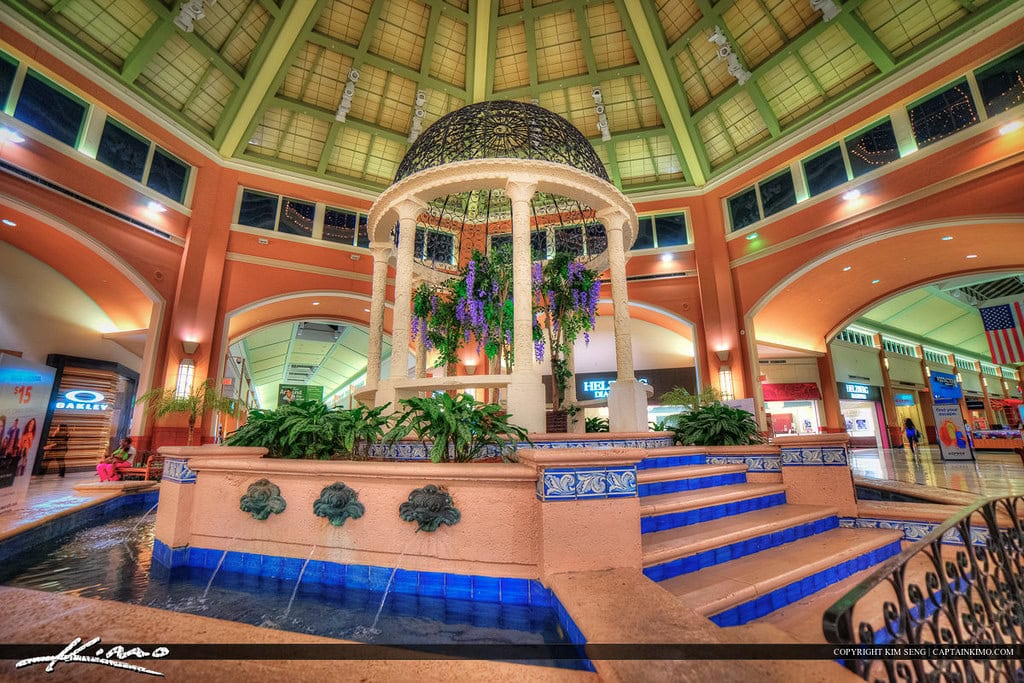
From Burdines to twin Macy's and a garage
If the 1990s were about adding new stores, the early 2000s were about changing their names.
Burdines, the Florida-based chain that had been on the east side since the mall opened, became Macy's in a two-step process that started in 2003 and finished in 2005.
The tropical look of Burdines, with its bright colors and happy style, was replaced by the red star and a promise that every store would look the same everywhere.
People still call it Burdines sometimes, just like they still talk about Metro Zoo.
The name change was only part of what happened.
In 2006, a second Macy's store was built between the original store and the food court, selling men's and home items, while the old Burdines building sold things for women and children.
A four-story parking garage rose just next to the two Macy's stores, making it easier for the mall to handle the weekend rush.
By then, the mall had a strong list of stores: JCPenney, two Dillard's, two Macy's, and Sears, all leading into a single main hallway that still felt open on a weekday morning.
The mall had become the usual style for the area, but with more big department stores than most cities have.
Sears closes, AMC opens, and Round One moves in
Confidence wasn't enough to keep Sears open. By the mid-2010s, General Growth and then Brookfield faced a large, struggling anchor store that had stopped selling from catalogs.
In 2016, they found a new idea from Hollywood: convert part of the space into an AMC movie theater. The theater opened in 2017, a darkened contrast to the skylit concourse, and Sears shrank around it like an old suit.
Two years later, on September 15, 2019, Sears closed for good. The empty space was quickly filled.
Round One Entertainment, a Japanese company with an arcade, bowling, and indoor sports, chose this spot for its first Florida location.
The pandemic delayed the opening until June 11, 2022, but now the space offers over 100,000 square feet of games, trampolines, rollerblading, karaoke, and even a mechanical bull.
Surrounding it are about 150 shops and 19 restaurants, ranging from clothing stores to fast food. The mall now feels more like a small, air-conditioned town than a typical shopping center.
The main stores are a mix of old and new: JCPenney, two Dillard's, two Macy's, AMC Theatres, and Round One, so both shopping and entertainment are at the heart of the mall.
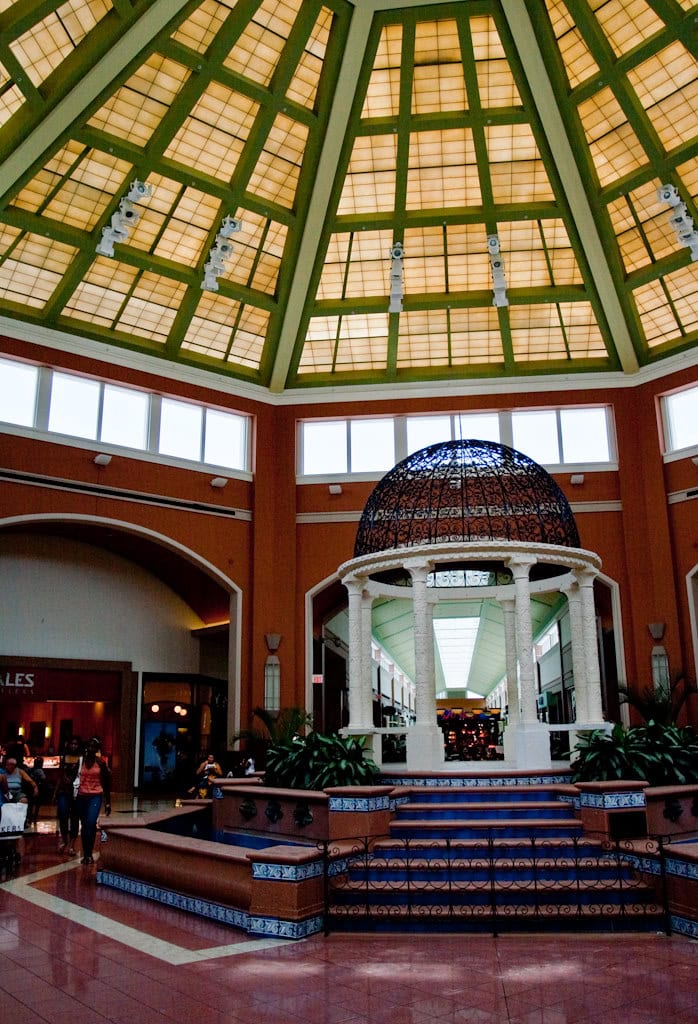
Mortgages, maturity defaults, and resilience
Behind the storefronts, the money story was thinner than the crowds.
In 2013, a $260 million CMBS loan was placed on the mall, secured by about half its space and underwritten on the assumption that rents and spending would keep climbing.
Then 2019 turned into 2020. Net cash flow dropped 31 percent and never came back, sitting 30 percent below what lenders had penciled in, even though most stores stayed open.
The rating agencies twitched. One cut its view of the debt in 2023, then again in October 2024, after marking the mall's value below the loan and spelling out losses for bondholders.
On March 1, 2025, the loan matured. Brookfield didn't pay, the mortgage slipped into maturity default, and a special servicer took control.
By September, it was a "nonperforming matured balloon" - past due and not repaid.
None of that shows up in the mall. As of late 2024, occupancy sat near 95 percent, anchors were still trading, Macy's had extended its 180,000-square-foot lease through 2028, and the place looked, to shoppers, normal.
Nights, markets, memories, and what's next
In recent years, the extra parking lot has become a weekly Night Market, a casual gathering with food trucks, sellers, and live music where families stay after the stores close.
This is the kind of event you would usually find downtown, but Pembroke Pines made its own around the mall.
Pembroke Lakes Mall is still a well-known place in the area, a workplace for hundreds, and a comfortable indoor walkway for the city that was built on what used to be Waldrep's dairy fields.
No matter who owns it next, the building has already done something hard: it changed a pasture into a place where the community sees itself.


